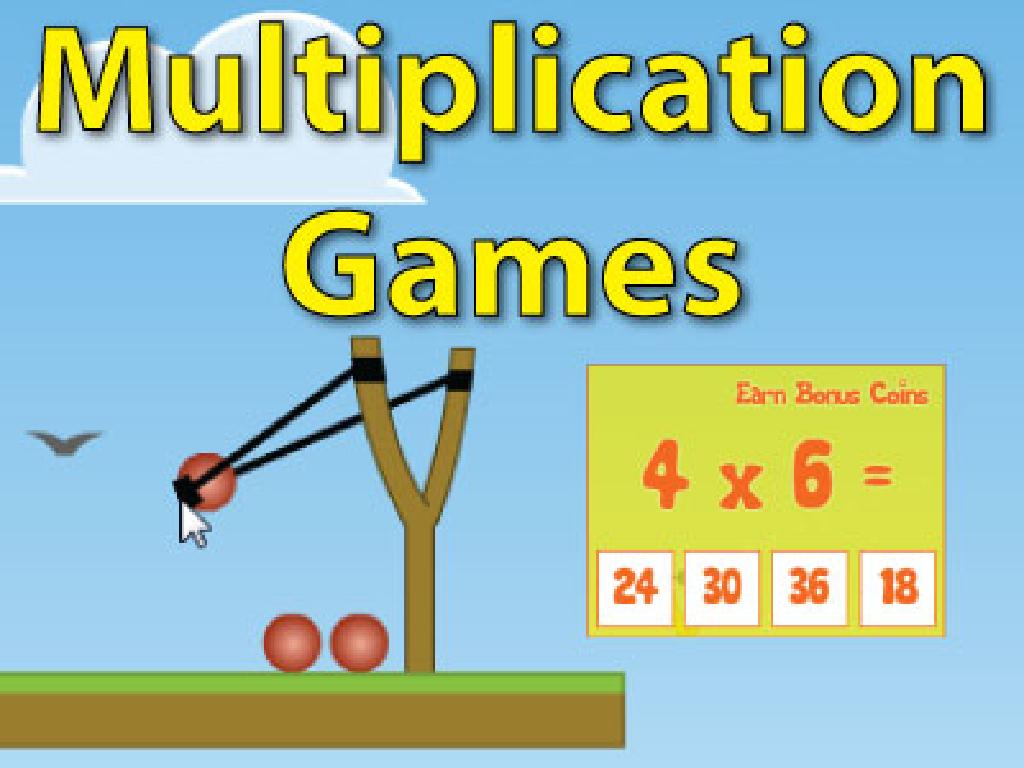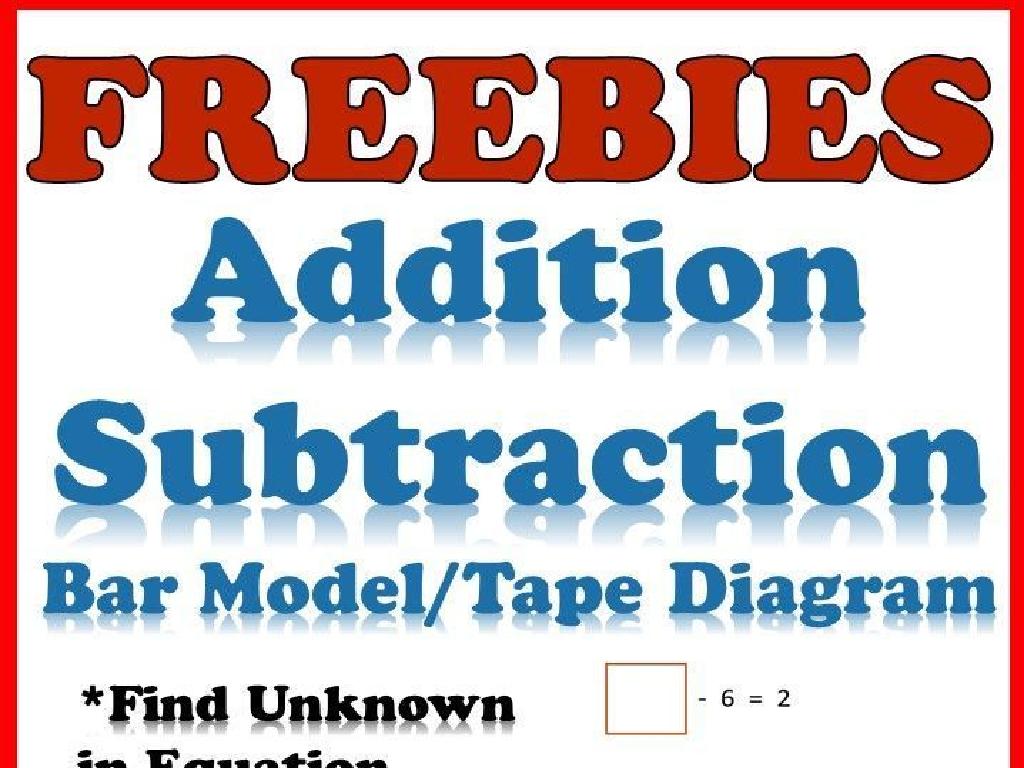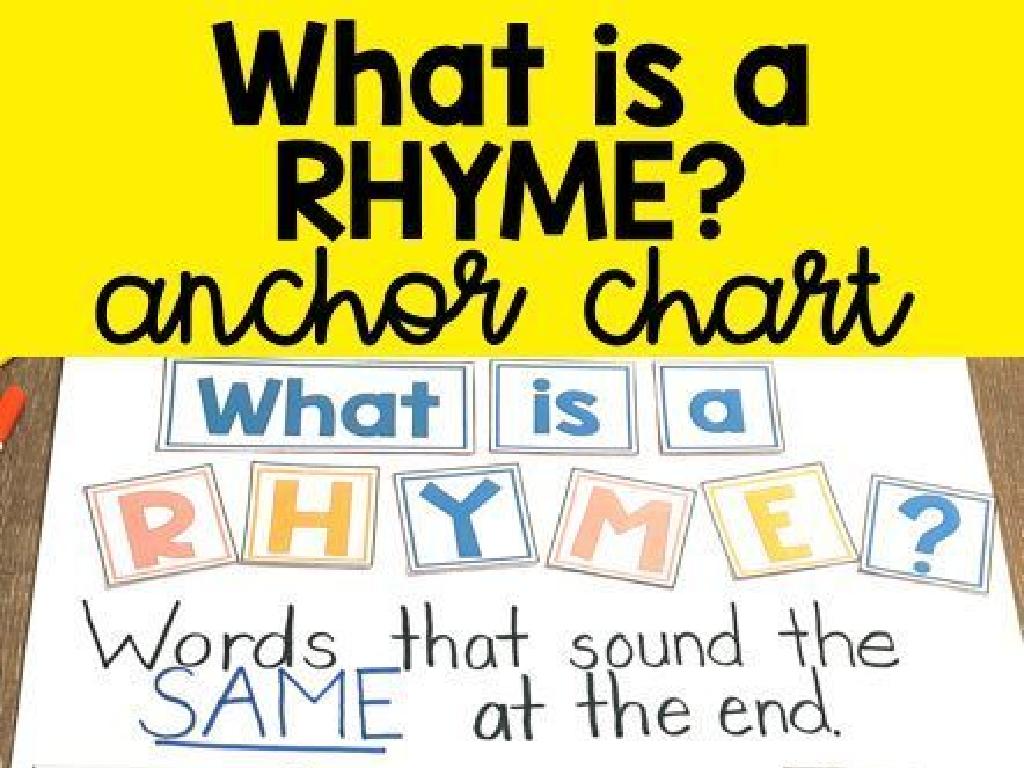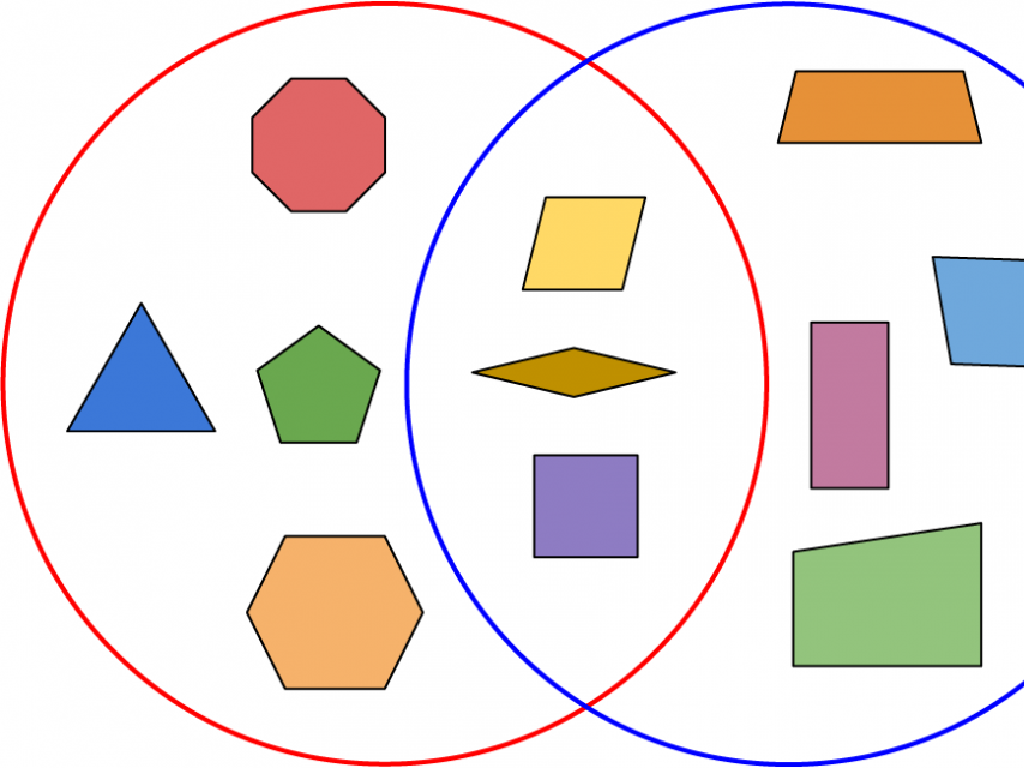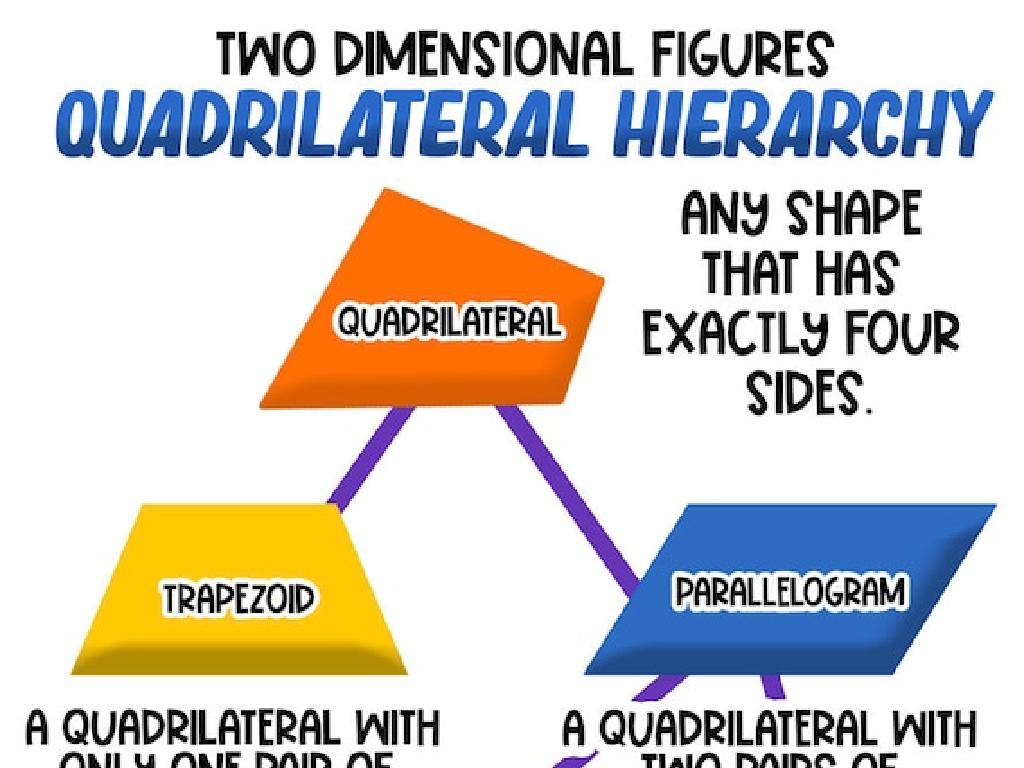Measure To Compare Length In Centimeters
Subject: Math
Grade: Second grade
Topic: Metric Units Of Length
Please LOG IN to download the presentation. Access is available to registered users only.
View More Content
Exploring Length with Centimeters
– Learning to measure length
– Using centimeters as a unit
– Centimeters are a metric unit of length
– Measuring various objects
– Use a ruler to measure things like pencils, books, etc.
– Comparing lengths: long vs short
– See which is longer or shorter by comparing
|
This slide introduces the concept of measuring length using centimeters, a fundamental unit in the metric system. Start by explaining what length means and why it is important to measure things. Show the students a centimeter on a ruler and explain that it is a standard unit of measurement. Have various classroom objects ready for the students to measure, such as pencils, erasers, or small toys. Encourage them to think about the length of items they use every day. After measuring, guide them to compare the lengths of different objects to understand the concepts of longer and shorter. This activity will help solidify their understanding of measurement and comparison using centimeters.
Understanding Centimeters
– What is a centimeter?
– A small unit of length in the metric system.
– Centimeters vs. Inches
– A centimeter is smaller than an inch.
– Centimeters in a Meter
– 100 centimeters make up a meter.
– Measuring with Centimeters
– Use a ruler to measure objects in centimeters.
|
This slide introduces the concept of measuring length using centimeters, a fundamental unit in the metric system. Explain that a centimeter is much smaller than an inch, which they may be more familiar with. Highlight that there are 100 centimeters in a meter, helping them understand the relationship between different units of measurement. Encourage students to use a ruler to measure objects around the classroom in centimeters to get a practical understanding of the unit’s size. Provide various objects for them to measure as a hands-on activity to reinforce the concept.
Why Use Centimeters?
– Accurate small length measurement
– Centimeters are perfect for measuring things like pencils or a book’s width.
– Easy comparison of lengths
– Using a ruler, we can see which is longer or shorter by counting the centimeter marks.
– Commonly used in many countries
– Centimeters are part of the metric system, which is used worldwide except in a few countries.
– Practical for everyday measurements
– We use centimeters to measure height, objects around the classroom, and more.
|
This slide introduces the concept of measuring length using centimeters, a unit of the metric system. Centimeters provide a precise method for measuring smaller lengths, which is particularly useful in everyday situations. Emphasize the ease of comparing different lengths when using a common unit like centimeters. Highlight that the metric system, including centimeters, is the standard for measurement in most parts of the world, making it a practical skill for students to learn. Teachers should demonstrate the use of a ruler or measuring tape and provide examples of items that are typically measured in centimeters. Encourage students to bring rulers to the next class for a hands-on activity where they will measure various objects in the classroom.
How to Use a Ruler to Measure Length
– Place ruler at object’s edge
– Align ‘0’ with starting point
– Read length at object’s end
– Where does the object end on the ruler? That’s the length!
– Practice measuring in centimeters
– Try measuring different items to become a measuring expert!
|
This slide is designed to teach second-grade students the basic steps of using a ruler to measure objects in centimeters. Start by demonstrating how to place the ruler correctly at the edge of an object, ensuring the ‘0’ mark is exactly at the starting point of the object to be measured. Emphasize the importance of accuracy in aligning the ruler. Show them how to read the measurement by looking at the number where the object ends on the ruler. Encourage students to practice by measuring various objects around the classroom or at home. Provide rulers and a selection of items to measure, and guide them through several examples to ensure they understand the concept.
Let’s Practice Measuring!
– Measure classroom items
– Use a ruler to measure things like pencils, books, and erasers.
– Record lengths in centimeters
– Write the number with ‘cm’ to show it’s in centimeters.
– Share measurements with class
– Tell your friends how long your items were.
– Understand centimeter use
– Learn why we use centimeters for small lengths.
|
This slide is for a class activity where students will practice measuring objects around the classroom using centimeters. Provide rulers to each student and ensure they understand how to align the ruler with the object and read the measurement accurately. Encourage them to write down the length of each item clearly, marking it with ‘cm’ to denote centimeters. After measuring, students will share their findings with the class, which will help reinforce their understanding of measurement and the metric system. As a teacher, prepare to guide them through the process, correct any misconceptions, and provide examples of items to measure. Possible activities include measuring desk width, the length of a book, the height of a water bottle, or the diameter of a clock.
Comparing Lengths in Centimeters
– How to measure and compare lengths
– Using comparison phrases
– ‘longer than’, ‘shorter than’, ‘as long as’
– Understanding the usefulness
– Why do we need to know which is longer or shorter?
– Practice with real objects
– Measure items like pencils, books, and shoes.
|
This slide is aimed at teaching second-grade students how to measure and compare the lengths of different objects using centimeters. Start by explaining how to use a ruler to measure length accurately. Then, introduce comparison phrases such as ‘longer than’, ‘shorter than’, and ‘the same length as’ to describe the relationship between the lengths of two objects. Discuss with the class why it might be important to compare lengths (e.g., finding the right size of clothing or determining if a bookshelf will fit in a space). Finally, encourage students to practice by measuring and comparing the lengths of items they use daily, such as pencils, books, and shoes, to reinforce the concept.
Class Activity: Measure and Compare!
– Receive a measurement worksheet
– Measure objects using rulers
– Carefully align the ruler’s start edge with the object’s end
– Record lengths in centimeters
– Write the number down where the object ends on the ruler
– Compare measurements with peers
– Discuss which objects are longer or shorter
|
This activity is designed to give students hands-on experience with measuring objects using centimeters. Distribute worksheets with pictures of various objects that students will measure with their rulers. Remind them to start at the zero mark on their rulers and to look at where the object ends to determine its length. After recording the lengths, students should discuss their findings with classmates, comparing which objects are longer or shorter. This will help them understand measurement and comparison in a practical context. Possible variations for the activity could include measuring classroom items, comparing lengths of different body parts, or even a scavenger hunt to find items of specific lengths.
Celebrating Measurement Skills!
– Congratulations on learning measurement!
– Measuring makes sense of our world
– Understanding size and distance is key
– Practice makes perfect in measurement
– Keep measuring items around you
– Aim to become measurement experts
– With practice, you’ll measure like a pro
|
This slide is meant to wrap up the lesson on measuring length in centimeters and to congratulate the students on their hard work. Emphasize the importance of measurement in understanding the world, such as knowing how tall they are or how long their desk is. Encourage them to continue practicing with different items at home or in the classroom. You can suggest measuring their books, pencils, or even their footsteps. Remind them that becoming proficient in measurement is a process and that they are well on their way to becoming experts. Celebrate their progress and encourage a mindset of growth and continuous learning.

